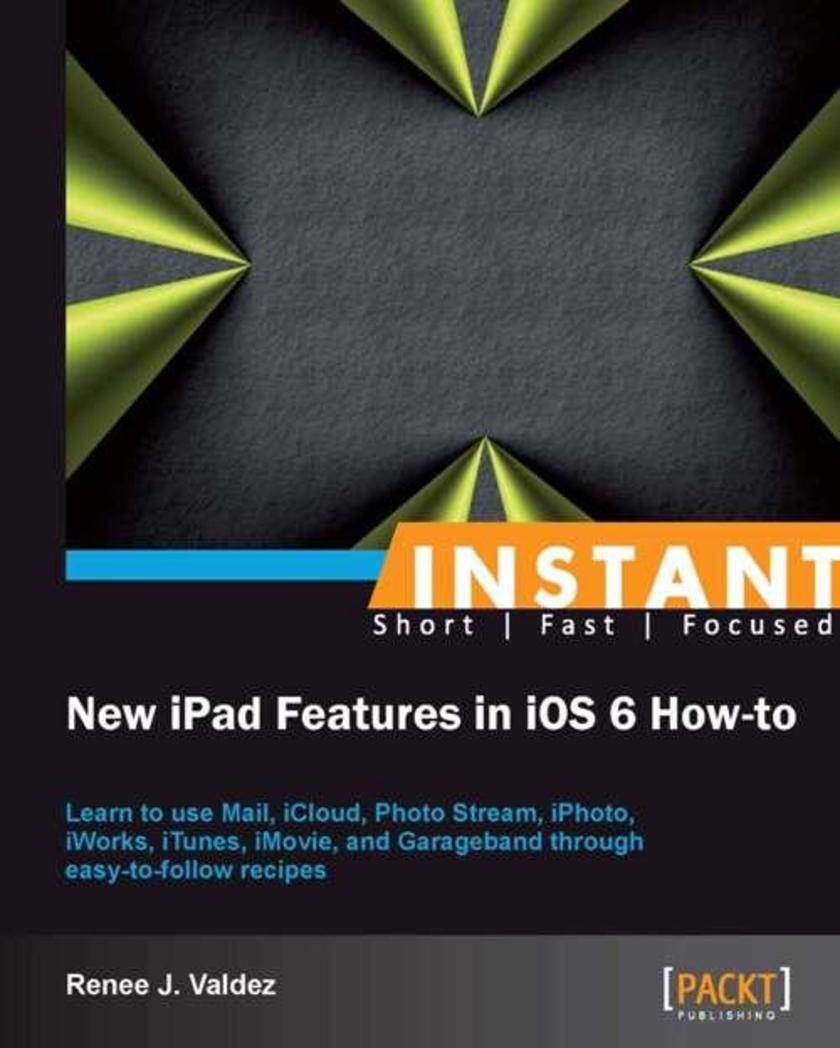
Instant New iPad Features in iOS 6 How-to
¥35.96
Filled with practical, step-by-step instructions and clear explanations for the most important and useful tasks. Get the job done and learn as you go. A how-To book with practical recipes accompanied with rich screenshots for easy comprehension. "The New iPad: Using New Features in iOS 6 How-To" is for anyone somewhat familiar with an iPad but wanting to get an overview of its new features. A basic understanding of touch devices is good but not necessary. The recipes walk you through everything you need to know to accomplish each task. Good for the novice and the expert, there's something in here for everyone.
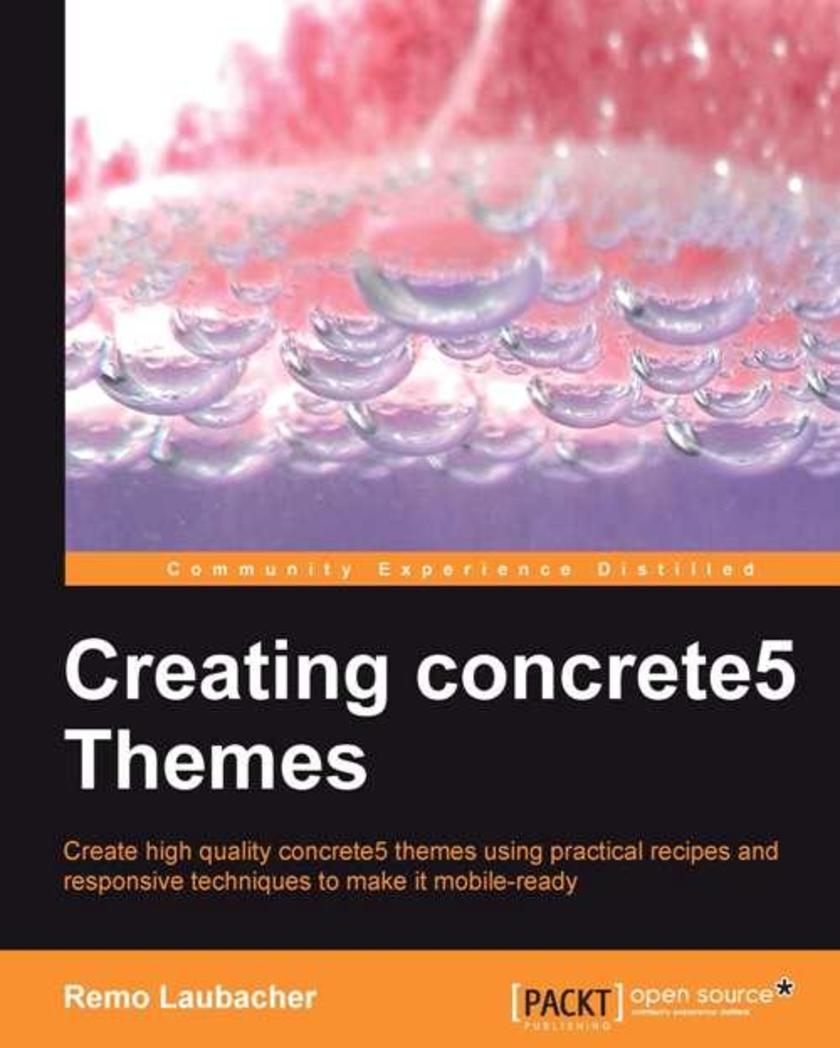
Creating concrete5 Themes
¥54.49
This book is a step-by-step tutorial with a lot of screenshots that help to explain the concept better. This book will cover the building of a 3D game for Windows Phone using XNA. We won’t explain the C# programming language itself, nor object-oriented programming. We will however explain the aspects of game development thoroughly, so don’t worry if you have never written a 3D game. We will cover all the basics, included the much dreaded math. This is the right book for anyone, regardless of age and gender, if: You are interested in game development You want to start building games for Windows Phone You have some programming knowledge In this book, we will first go over the technical topics, and end up building a 3D game for Windows Phone 7 together!
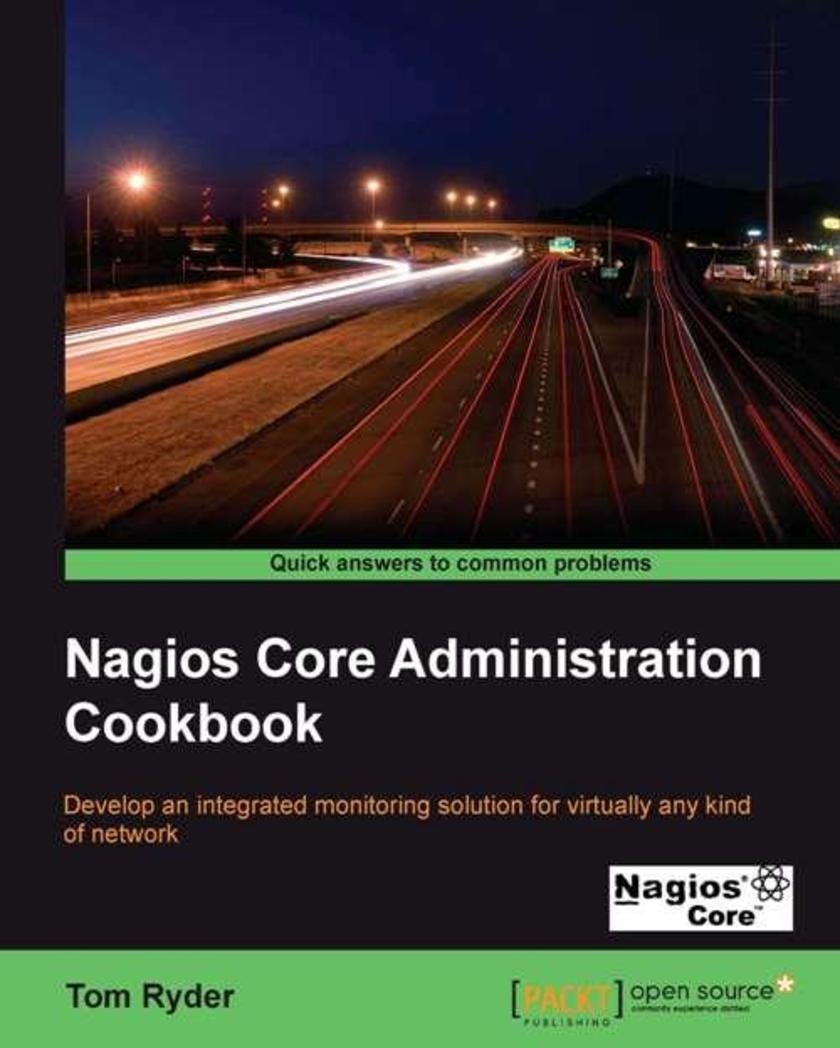
Nagios Core Administration Cookbook
¥90.46
This book is written in Cookbook style, beginning with recipes based on basic structure which gradually progresses towards using Nagios Core as a monitoring framework. This book is for System Administrators who are looking for recipes to help them deal with advanced network monitoring issues with Nagios Core.
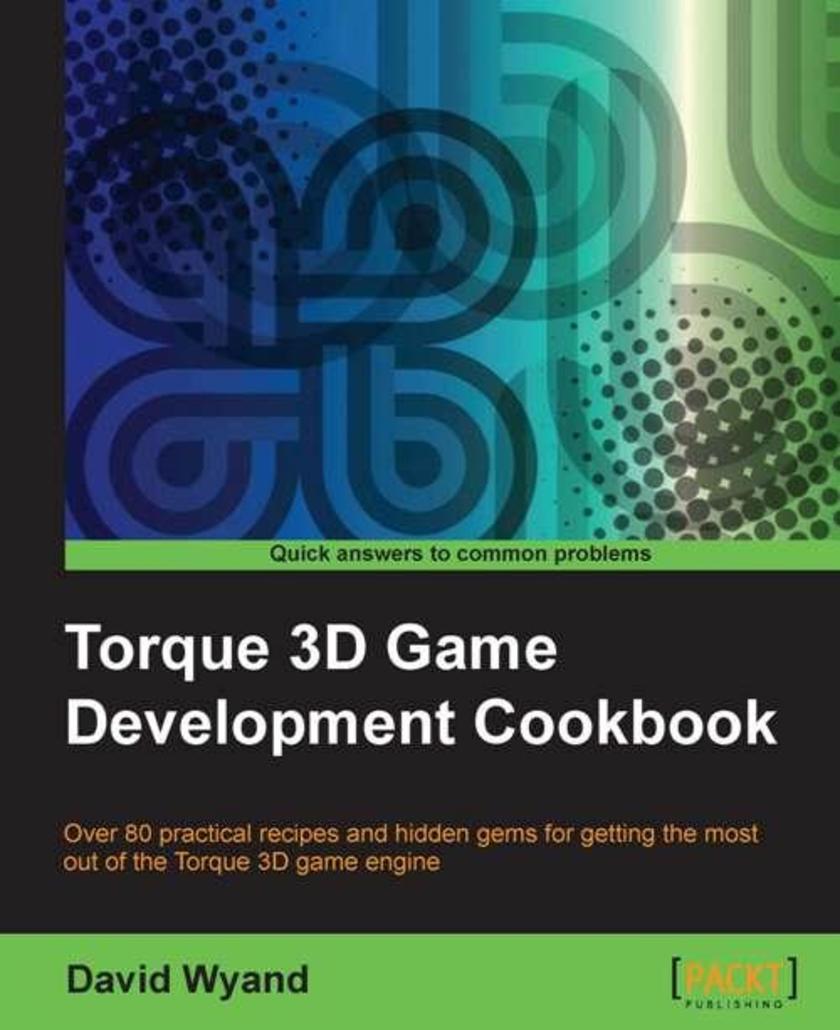
Torque 3D Game Development Cookbook
¥90.46
Cookbook; packed with recipes to help you create amazing 3D games with Torque. The recipes provide clear step-by-step instruction and practical examples to advance your understanding of Torque 3D and all of its subsystems. The book is written for professional and indie game developers that have basic knowledge of TorqueScript, are acquainted with Torque 3D’s built-in tools, and wish to take their skills to the next level. Having gone through the comprehensive Torque 3D 1.2 FPS game tutorial on the GarageGames website (or its equivalent) is assumed.
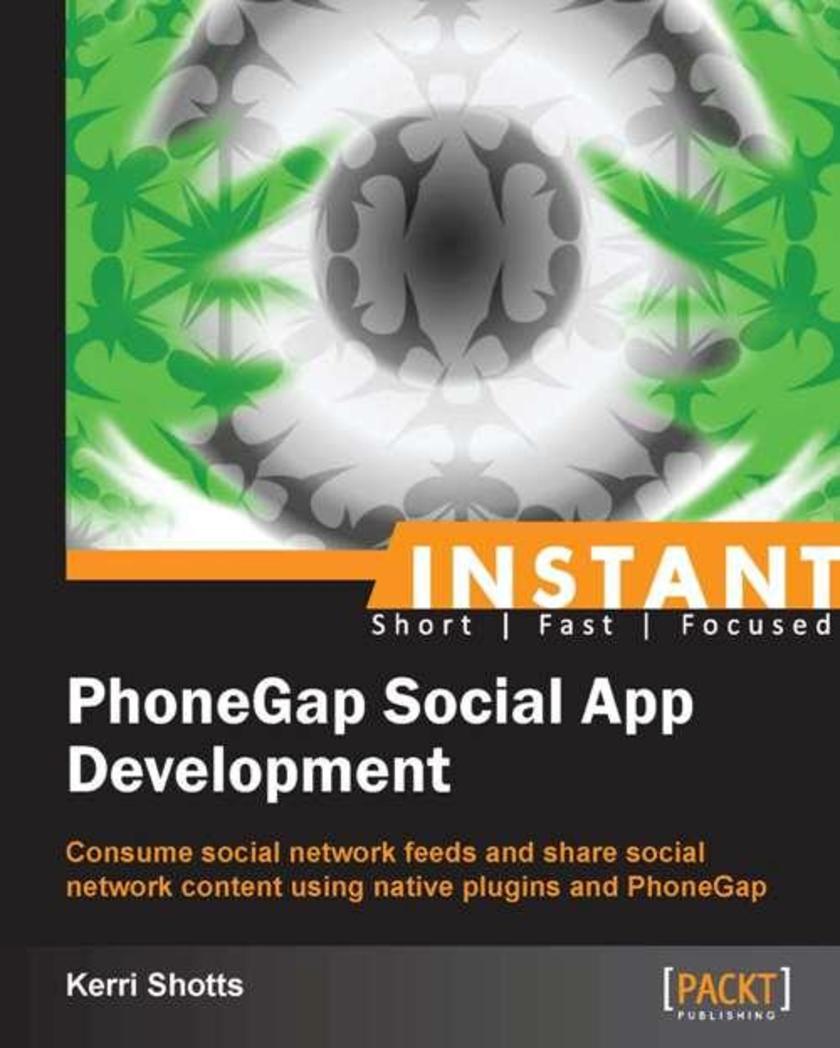
Instant PhoneGap,Social App,Development
¥45.77
Filled with practical, step-by-step instructions and clear explanations for the most important and useful tasks. Get the job done and learn as you go. This book is concise and follows a clear, step-by-step tutorial approach. You’ll need to have a desire to learn about mobile application development. Since Phonegap uses HTML, CSS, and Java* heavily, it is important to have a good understanding of these topics. You should also have a good understanding of your desired platform and corresponding SDK and IDE (that is, if you want to develop for Android, you should be familiar with Eclipse. For iOS, you need to be familiar with Xcode.)
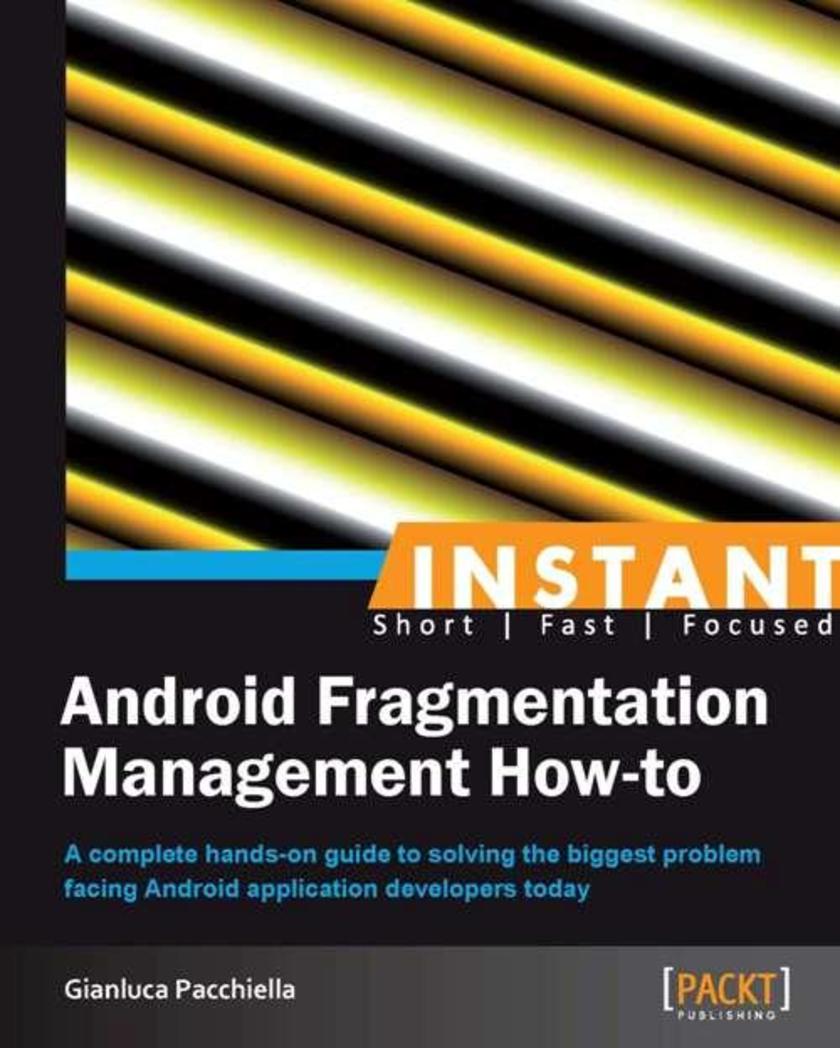
Instant Android Fragmentation Management How-to
¥41.41
Filled with practical, step-by-step instructions and clear explanations for the most important and useful tasks. Get the job done and learn as you go. Written in the easy to understand Packt How-to format, this book offers the solution to the big issues in Android application development. If you want the best possible reviews for your apps, regardless of device or Android operating system, then this book is for you.
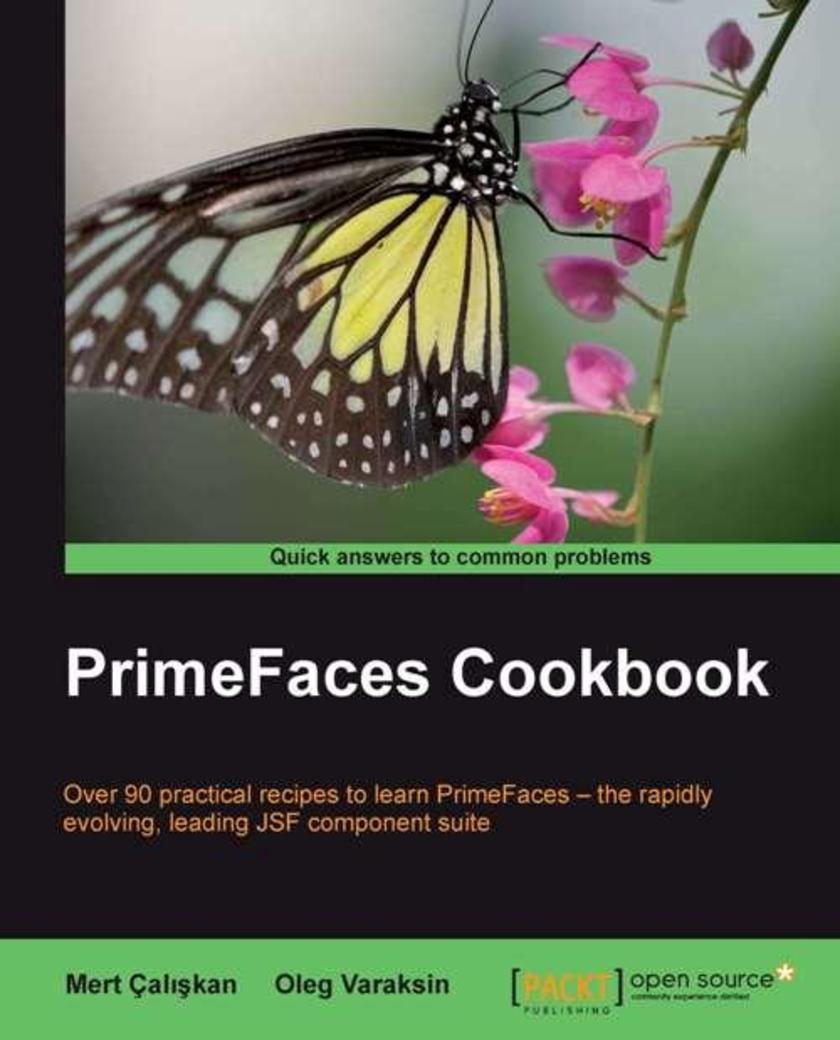
PrimeFaces Cookbook
¥80.65
This is a cookbook with plenty of practical recipes enriched with code and detailed explanations. This book is for you if you would like to learn modern Java web development based on PrimeFaces and are looking for a quick introduction into this matter. Prerequisites required for this book are basic JSF and jQuery skills.
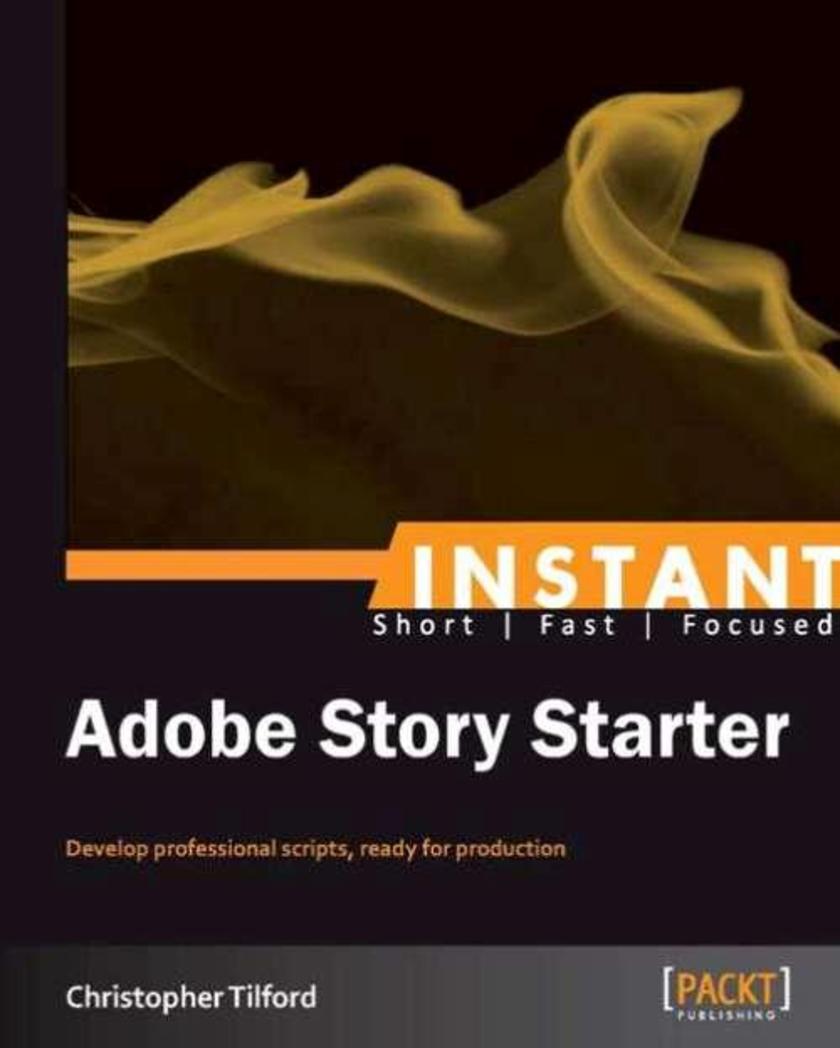
Instant Adobe Story Starter
¥35.96
Get to grips with a new technology, understand what it is and what it can do for you, and then get to work with the most important features and tasks. If you're keen to get started writing your own *s, then you should be able to pick up this essential guide and get creative right away! No prior experience is required, as this is open to all skill levels. If you've always wanted to write *s for a variety of different creative mediums like film and television, but are unsure of what the industry is looking for when it comes to formatting requirements, then this book is for you.
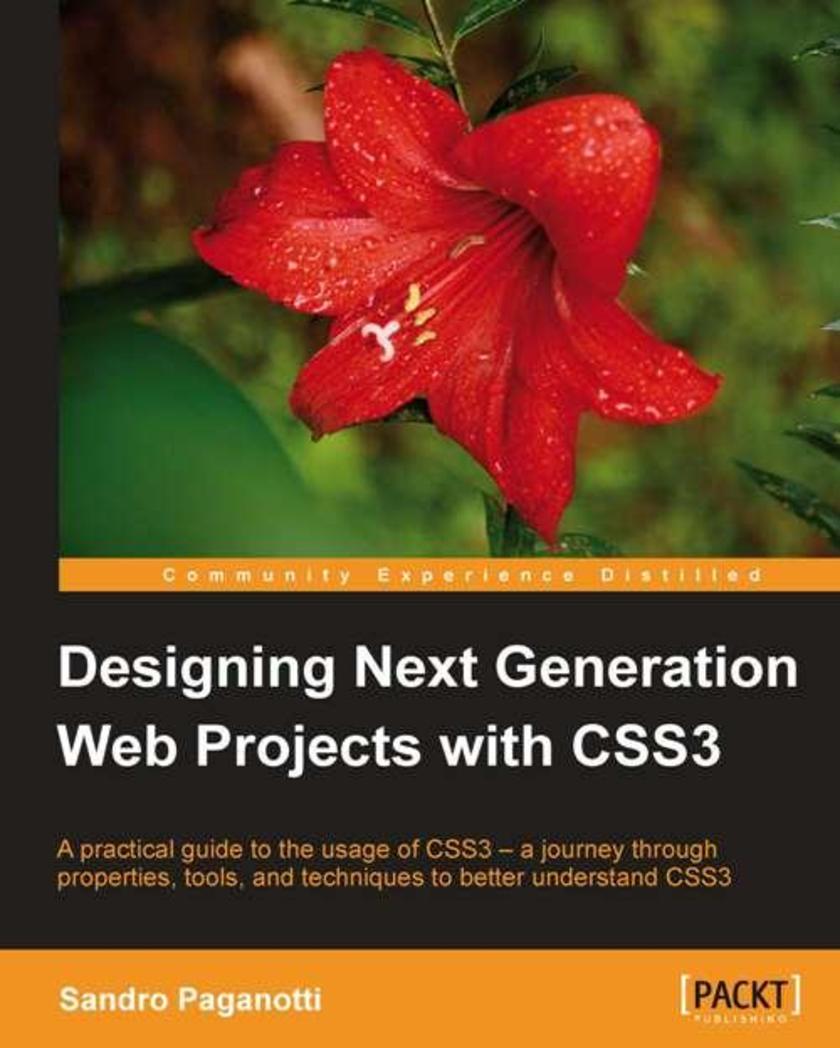
Designing Next Generation Web Projects with CSS3
¥80.65
This book is designed for you if you are a frontend web developer; it requires a solid knowledge of CSS syntax and of the most common CSS2 properties and selectors.
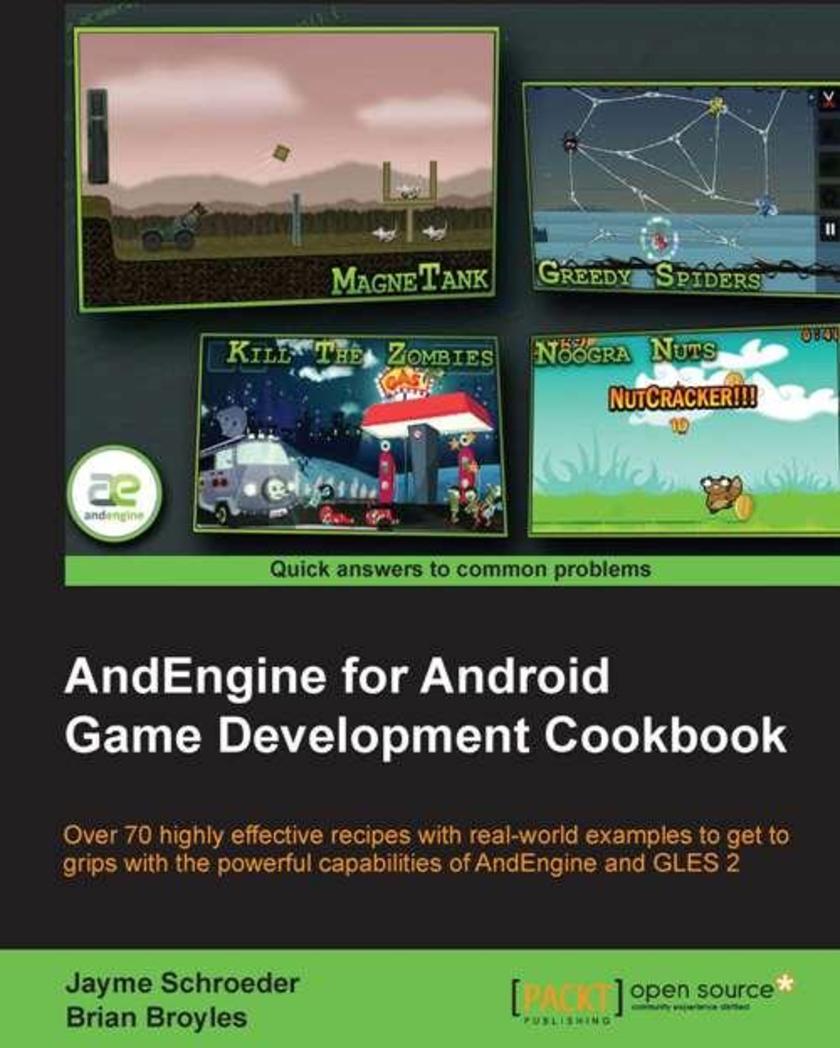
AndEngine for Android Game Development Cookbook
¥80.65
A Cookbook with wide range of recipes to allow you to learn game development with AndEngine quickly and efficiently. "AndEngine for Android Game Development Cookbook" is geared toward developers who are interested in working with the most up-to-date version of AndEngine, sporting the brand new GLES 2.0 branch. The book will be helpful for developers who are attempting to break into the mobile game market with plans to release fun and exciting games while eliminating a large portion of the learning curve that is otherwise inevitable when getting into AndEngine development. This book requires a working installation of eclipse and the required libraries, including AndEngine and its various extensions set up prior to working with the recipes.
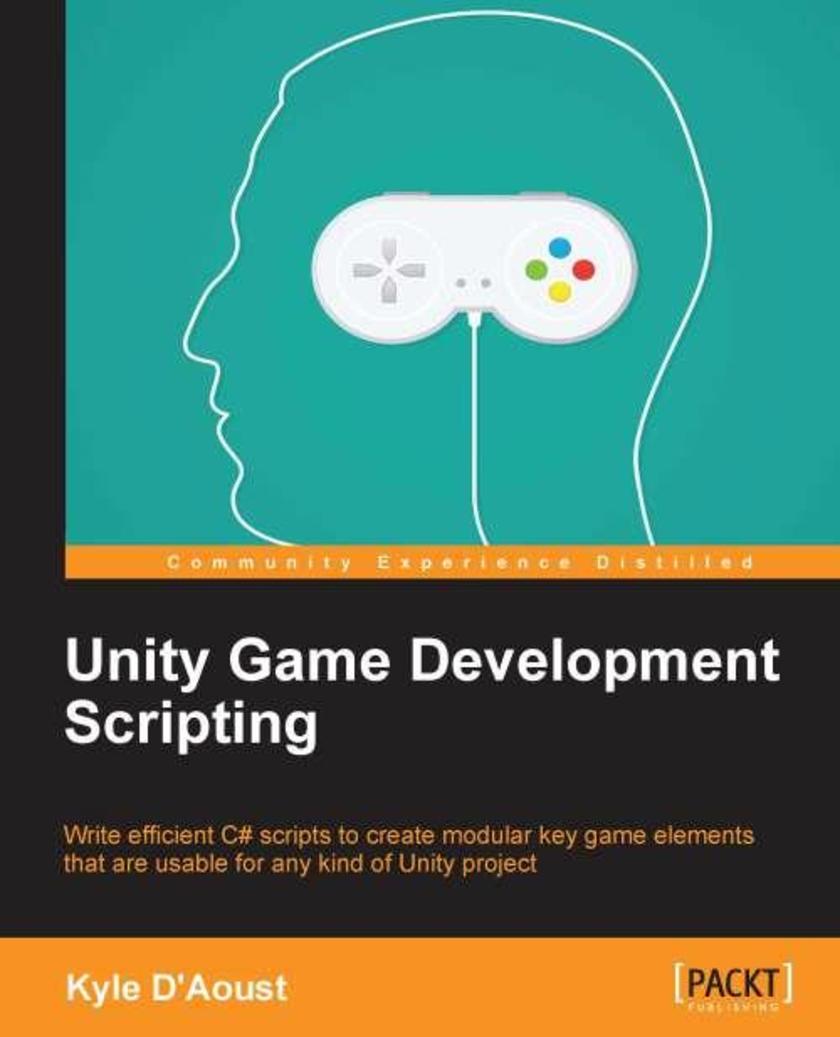
Unity Game Development Scripting
¥80.65
If you are new to Unity *ing and want to learn simple and modular code and advance your knowledge to the next level, this is the book for you.
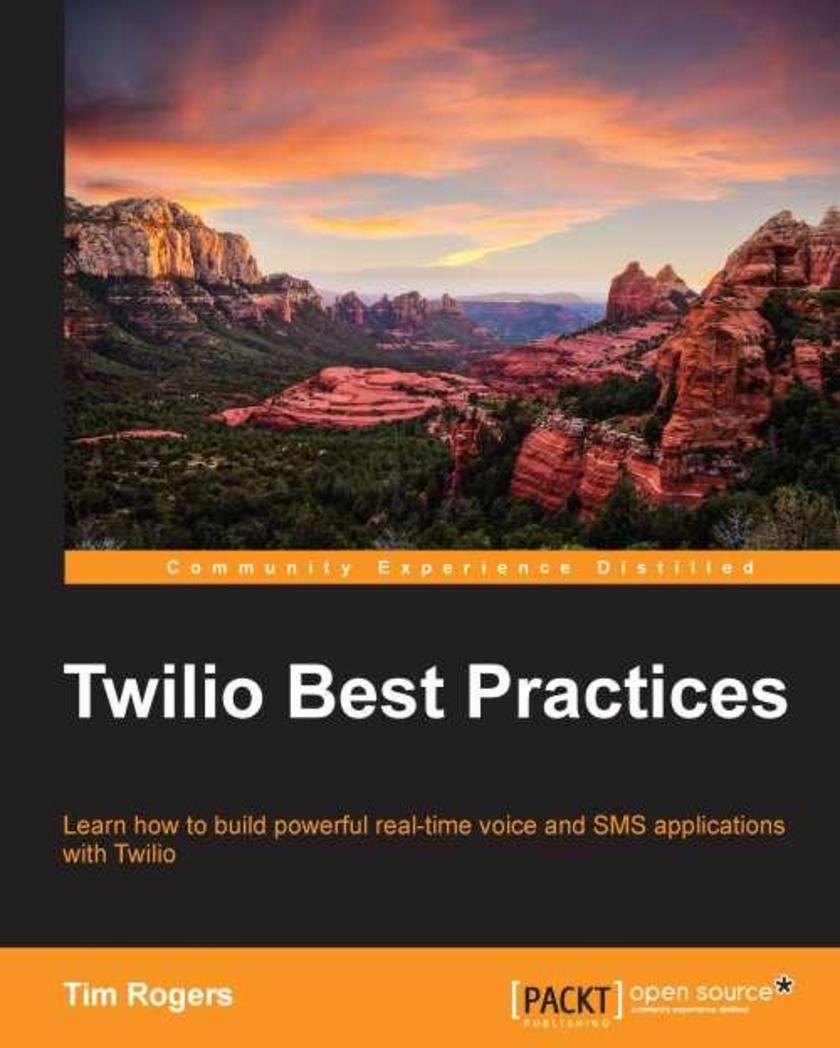
Twilio Best Practices
¥54.49
If you have experience with at least one programming language and are looking to integrate Twilio into your applications, then this book is for you.
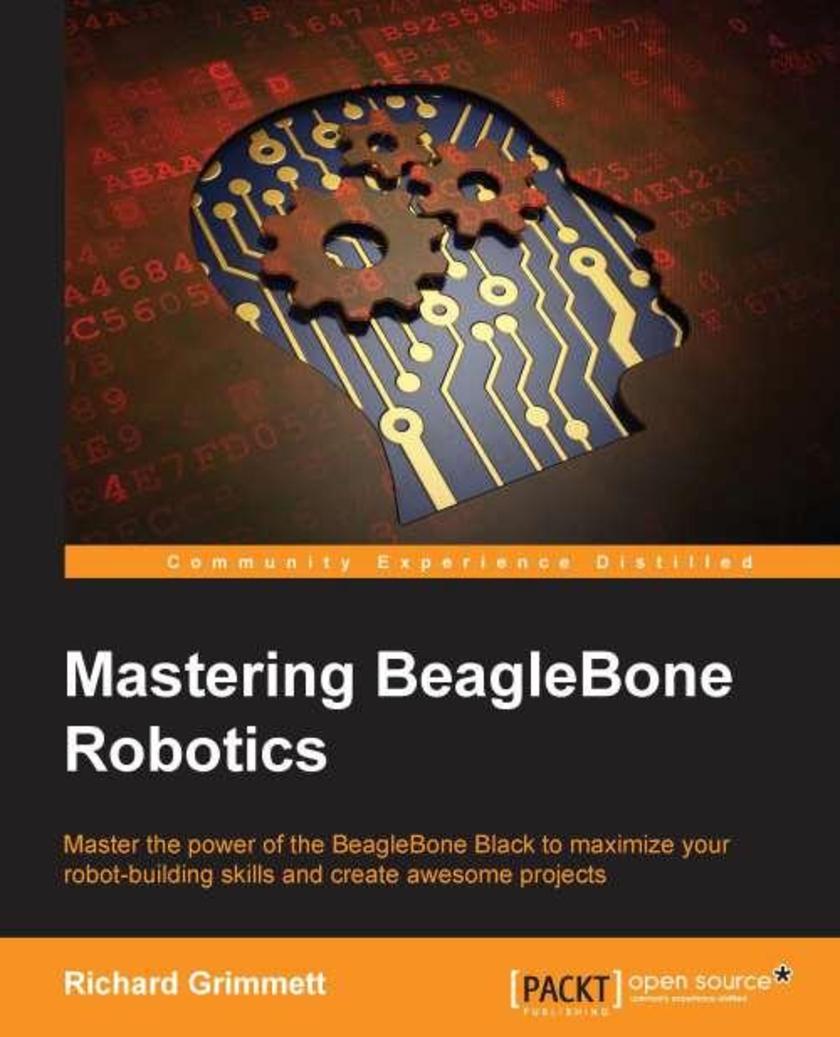
Mastering BeagleBone Robotics
¥80.65
If you want a simple guide to building complex robots, then this book is for you. You'll need some programming knowledge and experience working with mechanical systems.
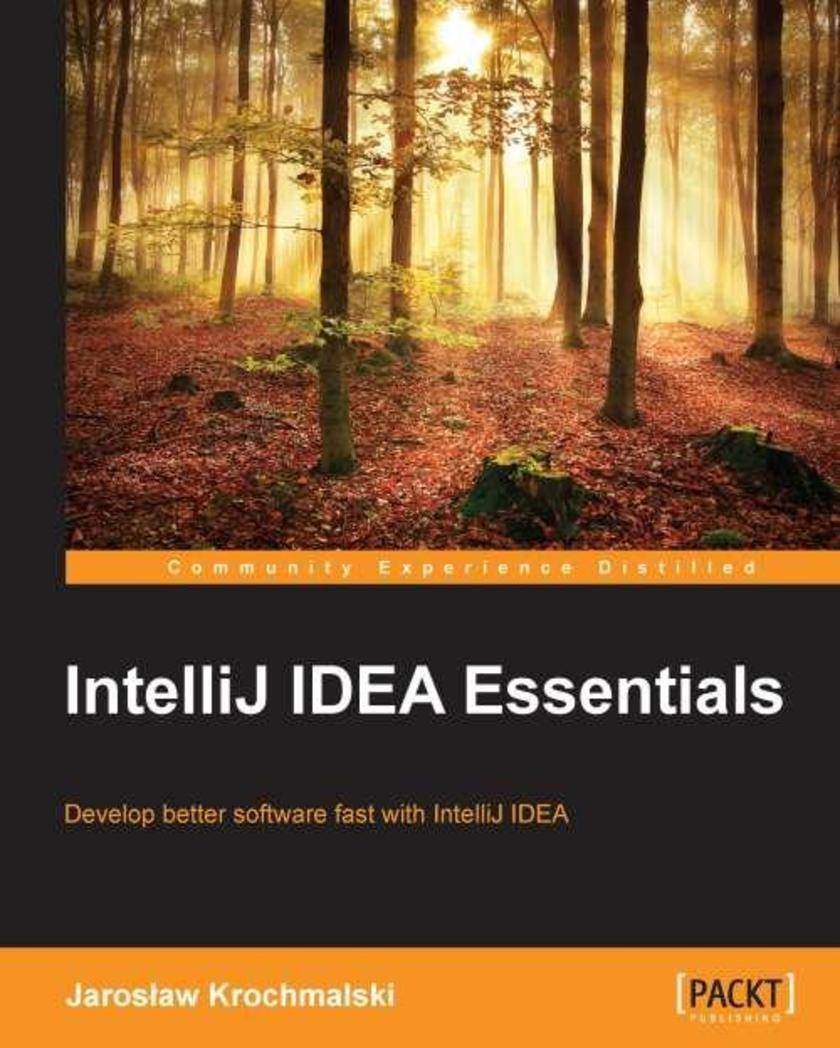
IntelliJ IDEA Essentials
¥80.65
This book is for developers who want to work smarter so they can focus their efforts on the details that will give them the advantage. This book is tailor-made for developers who want to move from NetBeans and Eclipse to experience the power and functionality of IntelliJ IDEA.
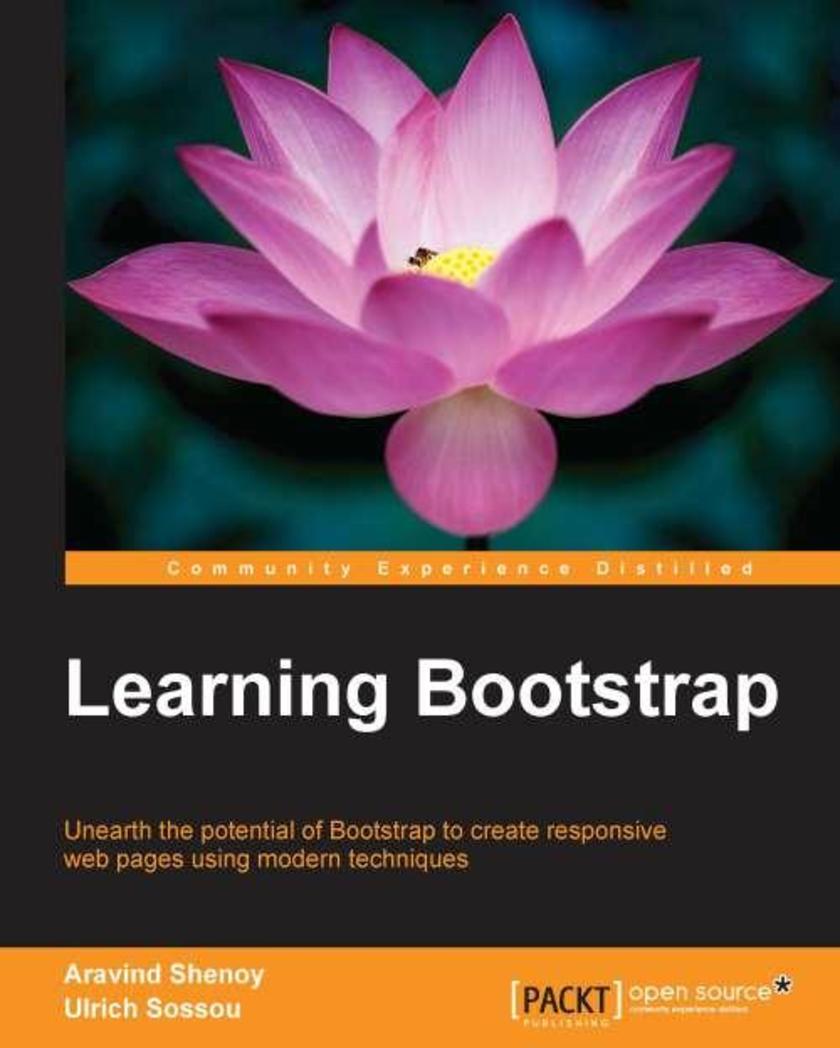
Learning Bootstrap
¥80.65
If you want to learn to build enterprise-level websites efficiently with Bootstrap, this book is for you. You must have a basic and fundamental understanding of HTML, CSS, and JavaScript; however, there is no need to have prior Bootstrap experience.
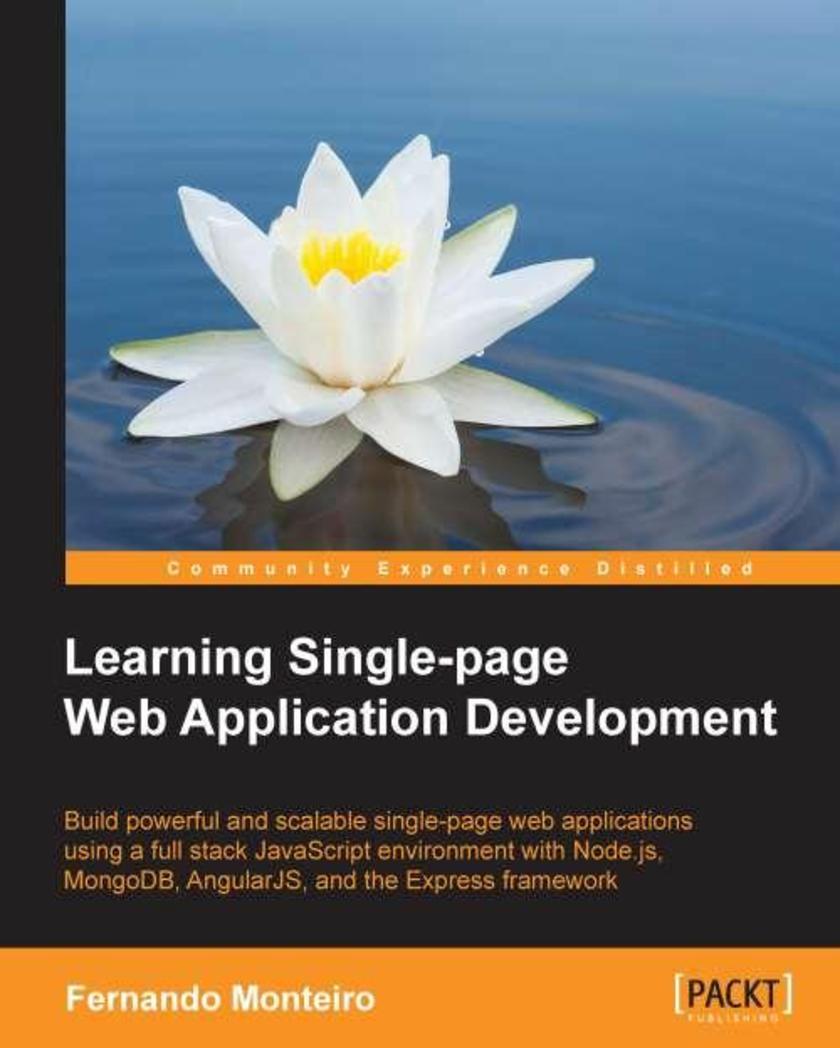
Learning Single-page Web Application Development
¥80.65
This book is aimed at web developers who are familiar with frontend technologies like JavaScript, HTML, and CSS, and modern tools like Bower, Yeoman, and Grunt.
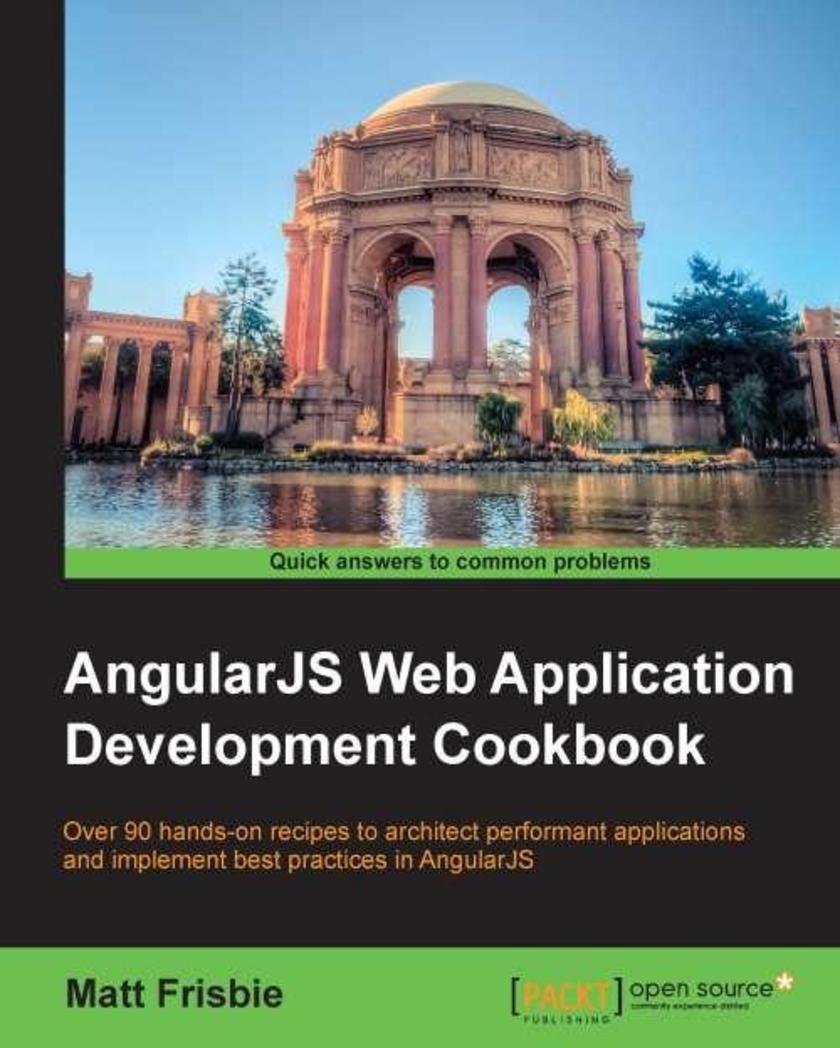
AngularJS Web Application Development Cookbook
¥90.46
This is not your grandmother's JavaScript cookbook. If you have a foundational understanding of the framework and want to expand your AngularJS skillset with strategies and methodologies for building performant and scaleable production applications, this is the book for you. This book assumes you have an understanding of the basics of AngularJS, and experience with JavaScript.

Mastering Lumion 3D
¥80.65
This book is designed for all levels of Lumion users; from beginner to advanced, you will find useful insights and professional techniques to improve and develop your skills in order to fully control and master Lumion.
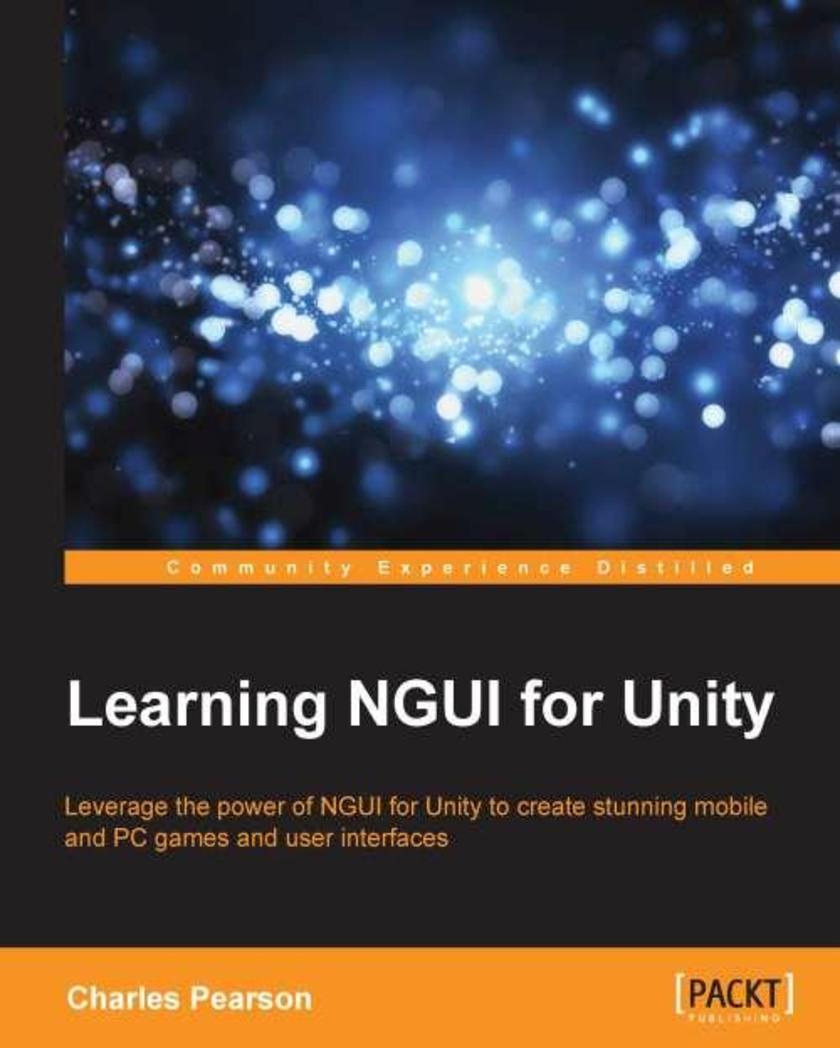
Learning NGUI for Unity
¥80.65
If you are a Unity 3D developer who wants to create an effective and user-friendly GUI using NGUI for Unity, then this book is for you. Prior knowledge of C# *ing is expected; however, no knowledge of NGUI is required.
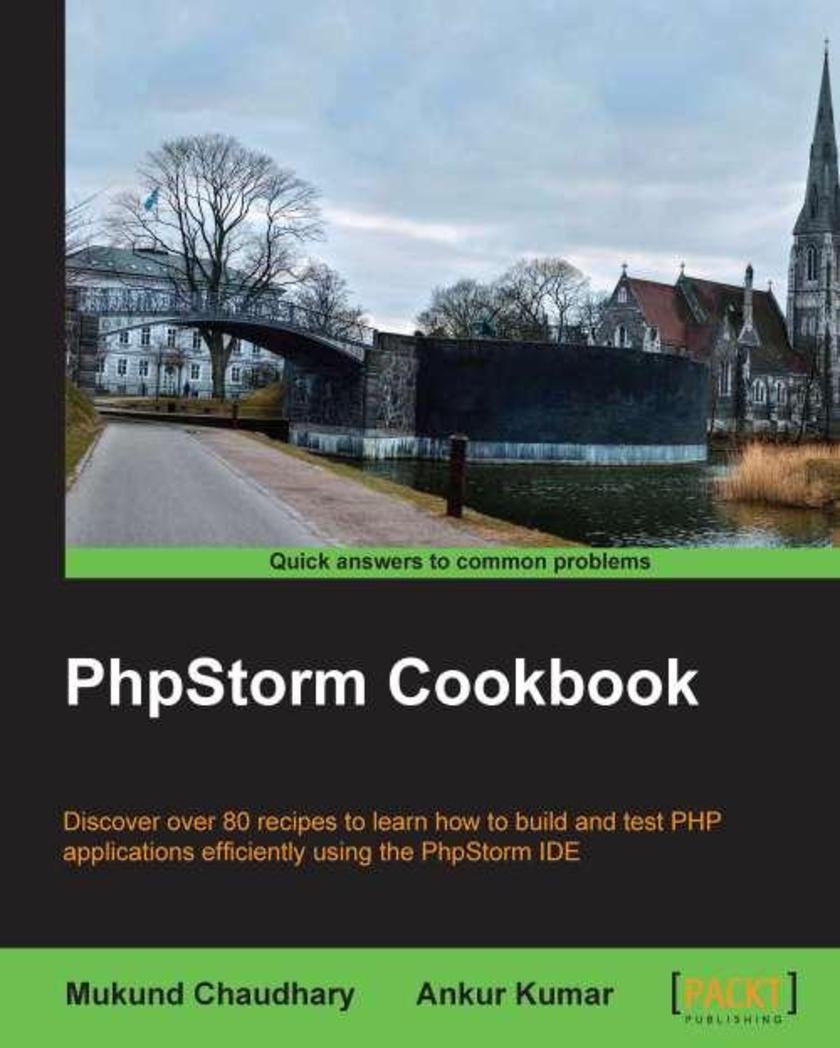
PHPStorm Cookbook
¥80.65
If you are a competent PHP developer who knows the basics of PHPStorm and intends to gain better knowledge of PHPStorm by learning and implementing pro-level practices, techniques, and solutions, then this book is for you. It is assumed that you already have a working installation of the software setup.
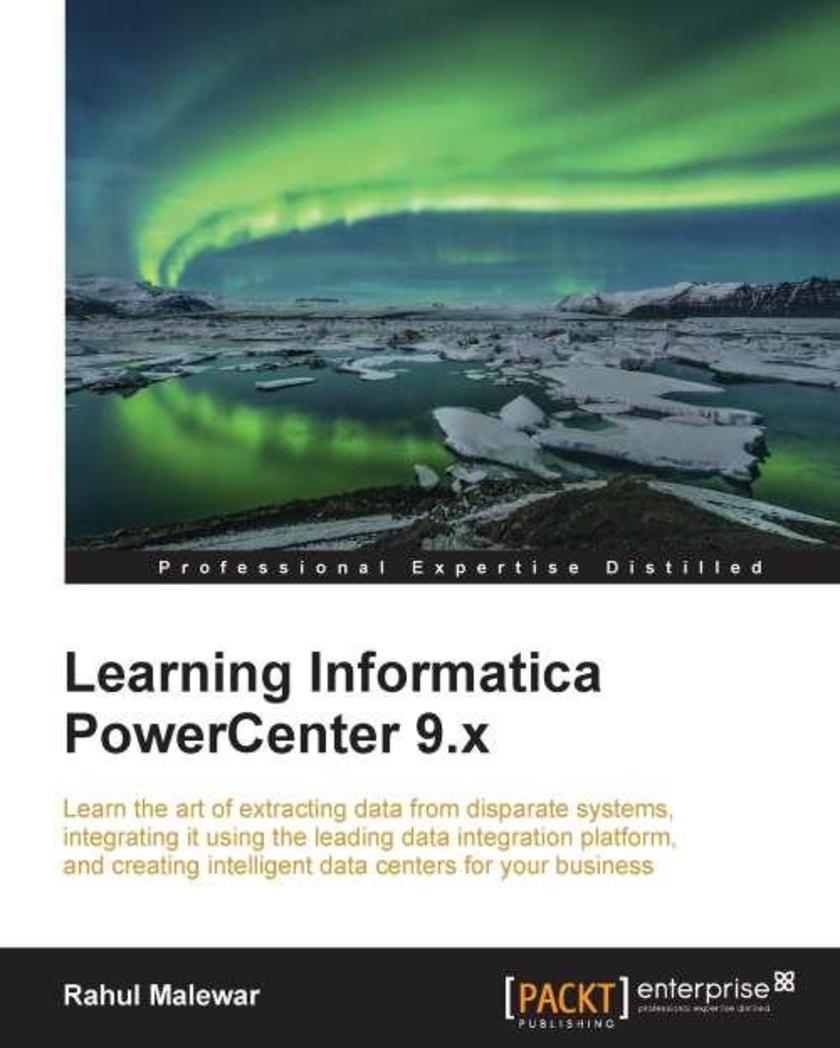
Learning Informatica PowerCenter 9.x
¥80.65
If you wish to deploy Informatica in enterprise environments and make a career in data warehousing, then this book is for you. Whether you are a developer who's new to Informatica or an experienced professional, you will learn all the features of Informatica. Basic knowledge of programming and data warehouse concepts is essential.




 购物车
购物车 个人中心
个人中心



